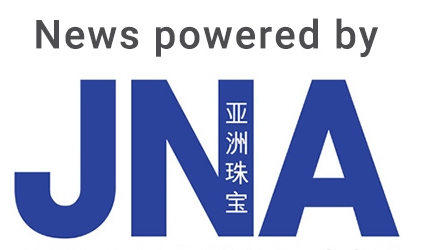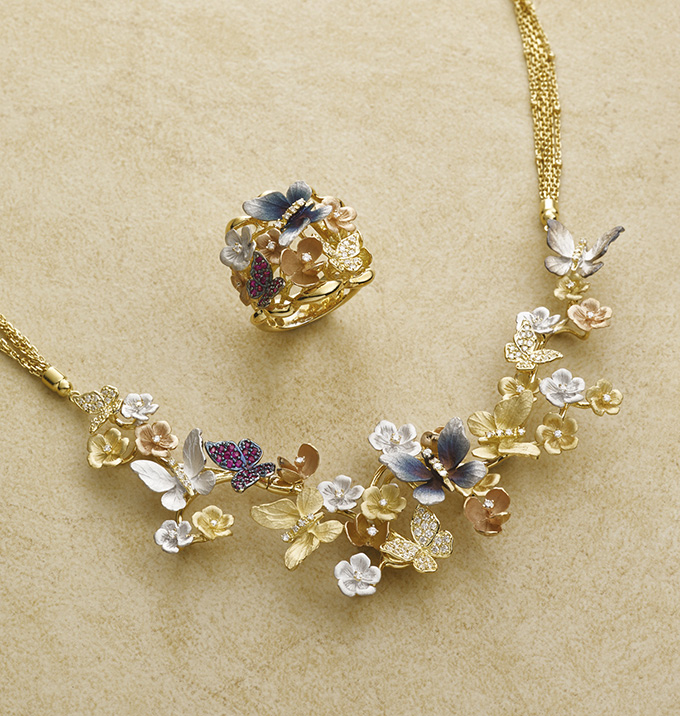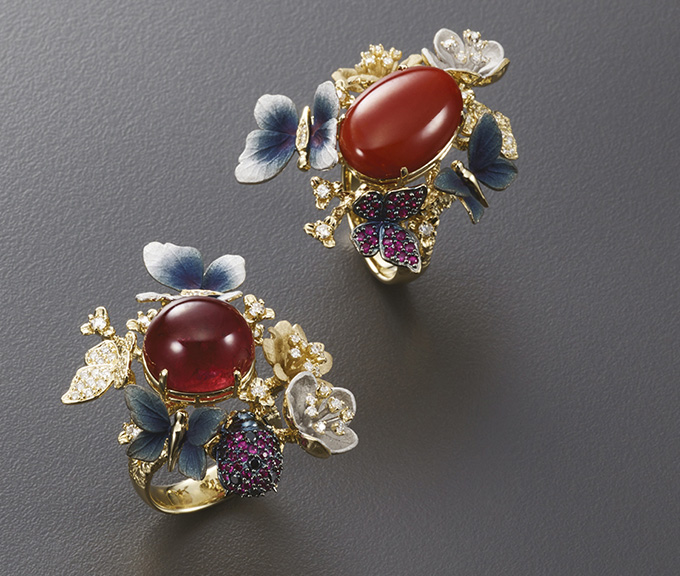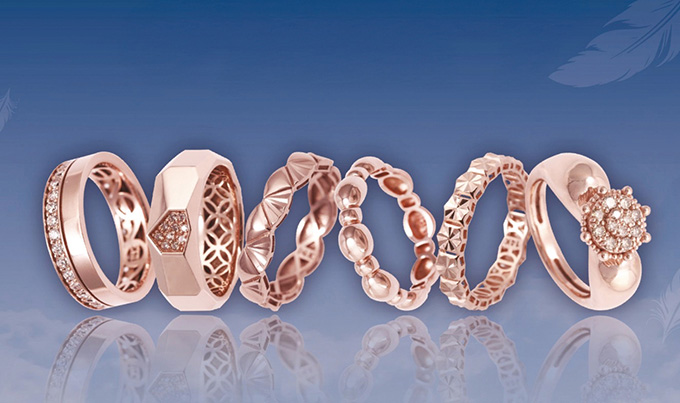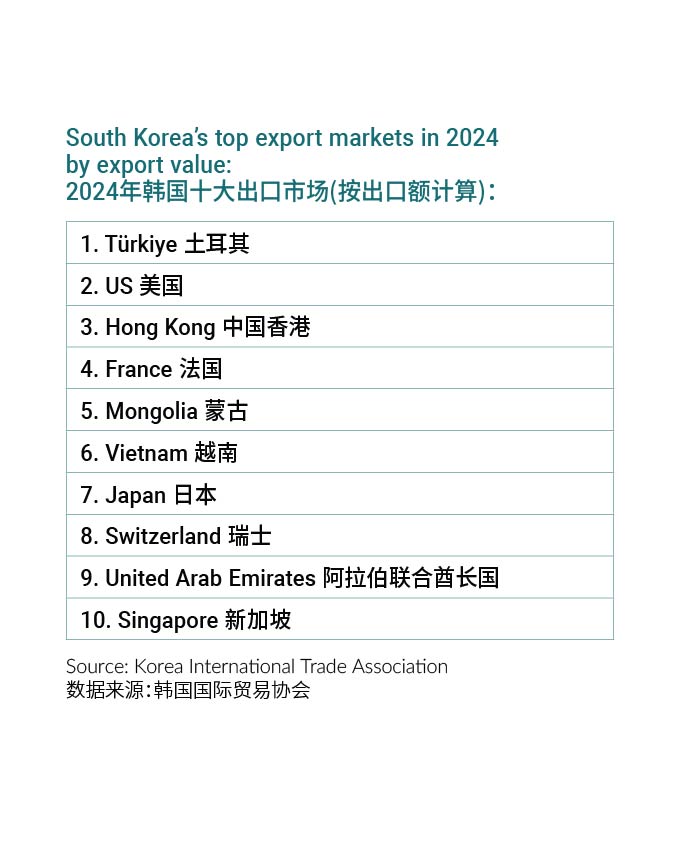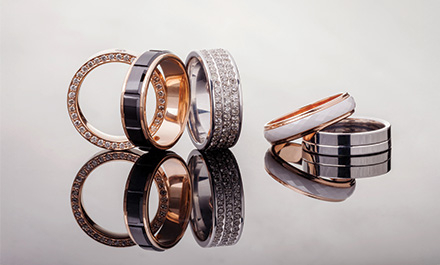Riding on the popularity of ‘everything Korean’ – from dramas to music, beauty and fashion, the country’s jewellery sector is targeting overseas markets while embracing evolving consumer trends.
This article first appeared in the JNA May/June 2025 issue.
On-trend and affordable, South Korean-made jewellery is gradually gaining traction in the international market. According to manufacturers, the country is striving to enhance its competitiveness in the global jewellery scene through product innovations and market expansion.
‘K-jewellery’ on the global stage
According to research conducted by Korea-based Wolgok Jewelry Research Center (WJRC), the Korean jewellery market reached approximately KRW8.77 trillion (around US$591.93 million) in 2024, representing a 13.5 per cent year-on-year increase. WJRC noted that this is a nominal growth, driven by rising gold prices rather than an actual increase in transaction volume.
Jiyeon Cha, principal researcher at WJRC, said there was a significant drop in jewellery purchases among Korean consumers over the last two years due to economic uncertainties.
“This decline reached a record low, even worse than Covid in 2020. This trend indicates that consumers tend to deprioritise purchasing jewellery during periods of economic instability,” she stated.
Despite a lacklustre domestic demand, jewellery exports were on an upward trajectory, increasing by 31.4 per cent year on year to US$565.03 million in 2024, data from the Korea International Trade Association showed. Cha attributed the growth to the rise in gold prices and Korean jewellery companies’ expansion into new markets such as Türkiye.
“In times of stagnant domestic demand and intensified import competition, the industry must focus on overseas expansion and product innovation to drive growth,” she remarked.
Cha pointed out that the widespread influence of the Korean cultural phenomena is shaping consumer preferences. She added, “Just as ‘K-pop’ and ‘K-fashion’ achieved remarkable global success, it is time for ‘K-jewellery’ to establish a stronger presence in the international market.”
As such, Korean jewellery companies must strategically adopt a brand-centred approach.
“Strengthening brand value through design differentiation and compelling brand storytelling is increasingly crucial,” explained Cha. “Leveraging tactics that communicate the distinct beauty and emotional value of jewellery to buyers is essential to stand out in the global market.”
Siamo Jewelry, which has been around for over three decades, is doing just this and pivoting towards markets outside Korea. Specialising in 14- and 18-karat gold jewellery, the company is primarily engaged in the wholesale business, with domestic jewellery retailers as major customers.
“With the Korean market experiencing a slowdown due to economic challenges, we are exploring business opportunities overseas by actively participating in international jewellery fairs since 2024,” said Jaeyun Lee, CEO of Siamo Jewelry. “We received positive feedback from buyers in Taiwan and Hong Kong as these markets share similar tastes and preferences with South Korea.”
Passoione Co Ltd is also targeting international markets with its diverse product range. The company's hero products include 14- and 18-karat gold jewellery, platinum jewellery sets and couple rings.
“While Korean buyers tend to prefer gold over platinum, there is an increasing interest in platinum products from international markets amid high gold prices. We showcase our platinum mountings at international events to cater to the different needs of potential buyers,” shared Nara Kim, the company’s export department manager.
Innovative designs
Jaeyun of Siamo Jewelry said younger buyers are opting for lightweight and fashionable pieces that are competitively priced. Siamo Jewelry’s signature Hollow Collection is leading this trend. As the name suggests, these jewellery pieces feature hollow interiors, making them lighter and more affordable than solid gold pieces.
“We produce the pieces using an innovative manufacturing technology that we have developed over the years to ensure the durability and quality of our products,” Jaeyun shared.
Jewellery manufacturer and exporter Jewel Jinyong also focuses on design-centric pieces, targeting buyers who prioritise design and quality.
Founded in 2007, Jewel Jinyong specialises in 18-karat gold jewellery with diamonds, coloured gemstones and pearls.
Juyoun Lee, overseas area manager at Jewel Jinyong, said the company’s designs are inspired by nature, specifically butterflies, bees and flowers. For its signature collections, it employs a patented rhodium-plating method to achieve a multicolour gradient effect, resulting in a luxurious and elegant look.
“Business has been growing over the last two years, thanks to the strong performance of this collection,” Juyoun said. The company’s main export markets are the US, Europe, Japan and the United Arab Emirates.
“Despite soaring gold prices, buyers are willing to invest in fresh and unique designs. Our innovative rhodium-plated pieces are exclusive, helping us maintain competitiveness,” Juyoun said.
Demand for gold
There is a silver lining in the domestic market as increased demand for pure gold jewellery among high-income consumers is helping offset weak sales, according to WJRC.
WJRC’s Jewellery Acquisition Survey 2024 showed higher demand for 24-karat gold and 14-karat yellow gold jewellery, aligning with broader trends in the global jewellery industry. Meanwhile, consumers are moving away from silver jewellery, the survey revealed. This can be attributed to rising interest in gold jewellery pieces as valuable assets. Interestingly, gold jewellery is not just viewed as an investment but also a trendy item as evidenced by consumers opting for more affordable 14-karat gold pieces.
Cha of WJRC is anticipating continued popularity of pure gold jewellery in Korea going forward while lab-grown diamond jewellery and jewellery made from alternative materials like stainless steel and titanium could also become a hit among Korean consumers.

